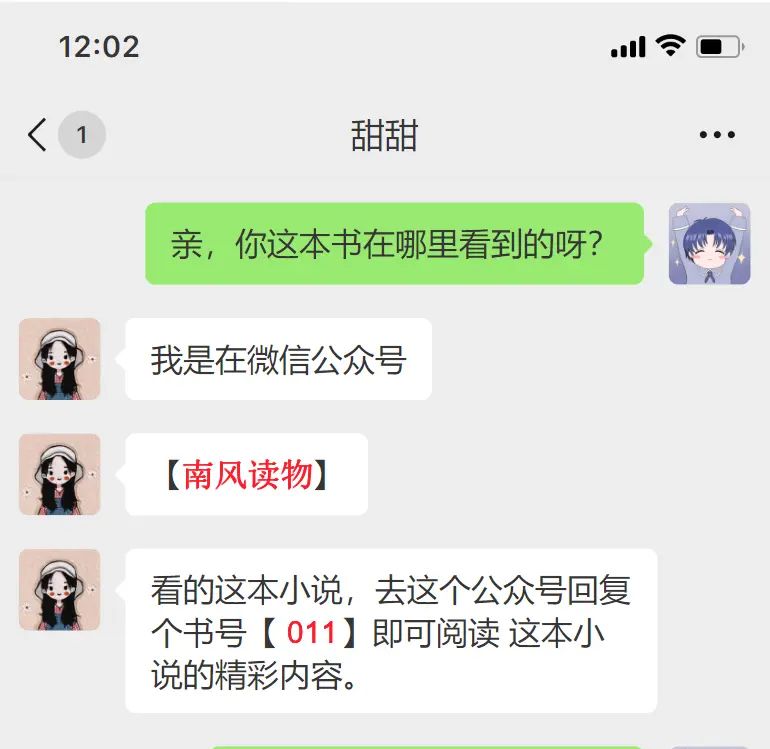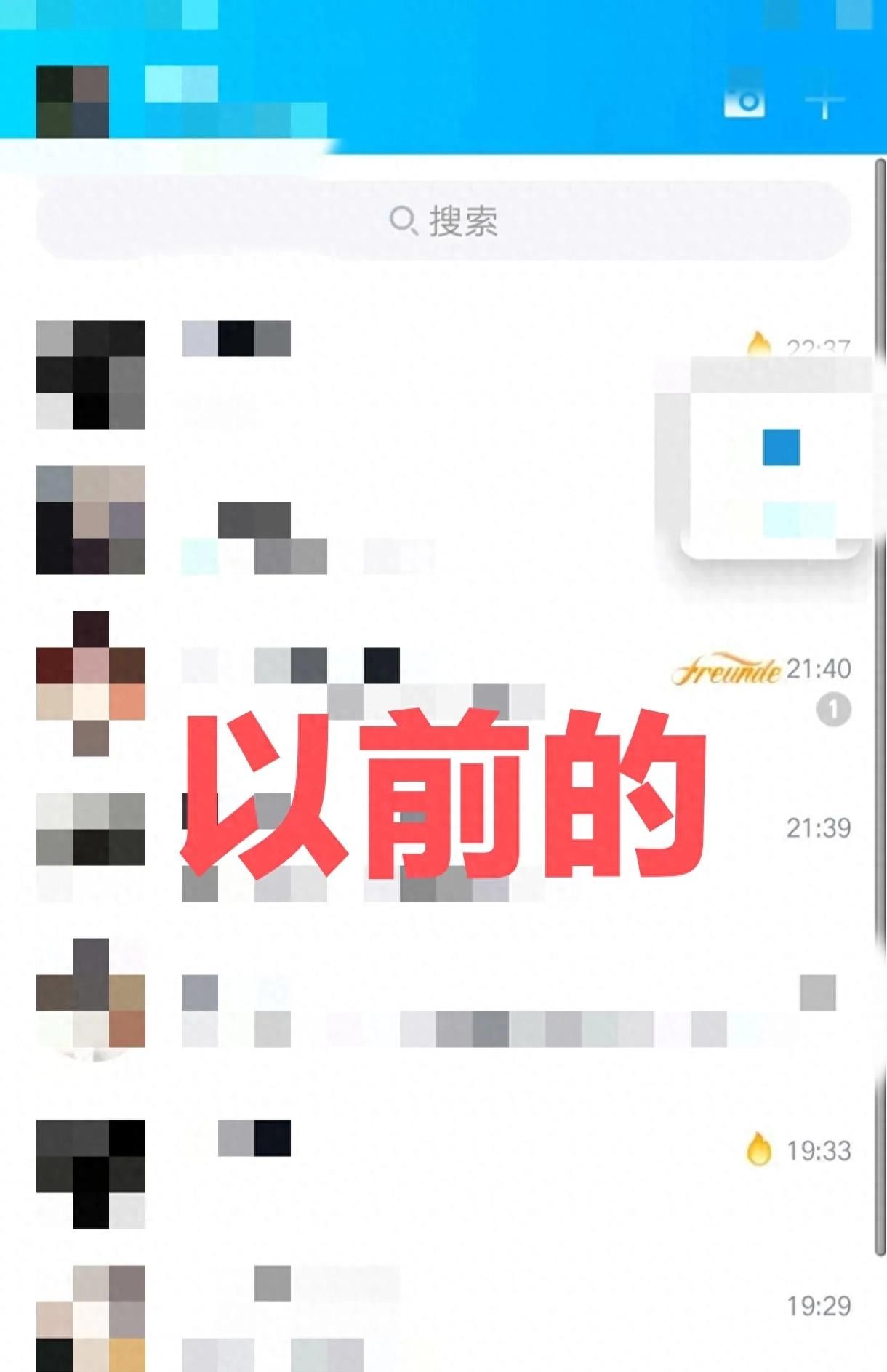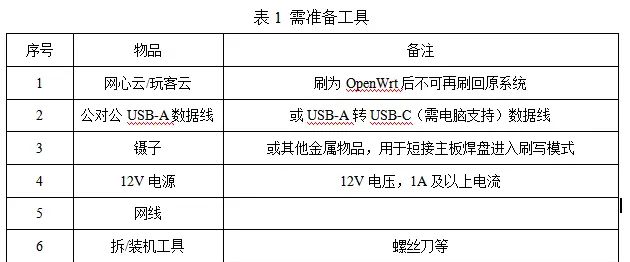
- 概念
Java的Stream流是在Java 8中引入的一种用于处理集合数据的功能强劲且易于使用的工具,旨在简化集合框架的操作。它的设计目的是为了提供一种更简洁、更灵活和更可读的方式来处理集合数据。之前都是用时迭代器或者循环来遍历,通过使用Stream API,我们可以以流水线方式处理数据,并进行各种转换和聚合操作。
在Java中,Stream流分为两种类型:
流(Stream):表明顺序流,按照数据源的顺序进行操作,适用于串行操作。
并行流(ParallelStream):表明并行流,可以同时对数据源的多个元素进行操作,适用于并行计算。
- 优势和缺点
优势
简洁:使用流的聚合操作可以极大地减少代码量;
高效:流的并行操作可以利用多核处理器提高运行效率;
函数式编程:流的操作方法遵循函数式编程的思想,使代码更加简洁、易读和可维护;
可复用:可以使用复合操作将多个流操作链在一起。
缺点
可读性降低:对于复杂的操作,使用Stream可能比传统的循环方式可读性稍差;
一次性使用:一旦流被使用过,就不能再次使用,需要重新创建一个新的流;
可能会影响性能:虽然并行流可以提高运行效率,但在某些情况下,额外的分组和合并操作可能会造成性能下降。
- 常用API详解
Intermediate操作:如filter()、map()、sorted(),用于对元素进行筛选、映射、排序等操作。
Terminal操作:如forEach()、count()、collect(),用于对流进行最终的输出、统计和收集操作。
Short-circuiting操作:如findFirst()、anyMatch()、allMatch(),用于在满足条件时立即终止流的操作。
@Test
void contextLoads() {
Predicate<Integer> predicate = x -> x > 185;
// TbItem student = new TbItem(1L, 100, new BigDecimal(16.3D), new BigDecimal(3.6D), new BigDecimal(4.0D));
TbInfo student = new TbInfo(1, "张三", 19, 167);
System.out.println(
"9龙的身高高于185吗?:" + predicate.test(student.getStature()));
Consumer<String> consumer = System.out::println;
consumer.accept("命运由我不由天");
Function<TbInfo, String> function = TbInfo::getName;
String name = function.apply(student);
System.out.println(name);
Supplier<Integer> supplier =
() -> Integer.valueOf(BigDecimal.TEN.toString());
System.out.println(supplier.get());
UnaryOperator<Boolean> unaryOperator = uglily -> !uglily;
Boolean apply2 = unaryOperator.apply(true);
System.out.println(apply2);
BinaryOperator<Integer> operator = (x, y) -> x * y;
Integer integer = operator.apply(2, 3);
System.out.println(integer);
test(() -> "我是一个演示的函数式接口");
}
/**
* 将流转换为list。还有toSet(),toMap()等。及早求值。
*/
@Test
void testMain() {
List<TbInfo> studentList = Stream.of(new TbInfo(1, "路飞", 22, 175),
new TbInfo(2, "红发", 40, 180),
new TbInfo(3, "白胡子", 50, 185)).collect(Collectors.toList());
System.out.println(studentList);
}
/**
* filter 过滤筛选
* 筛选出身高小于140
*/
@Test
void testMain1() {
List<TbInfo> list = new ArrayList<>();
list.add(new TbInfo(1, "ddd", 19, 167));
list.add(new TbInfo(1, "aa", 89, 145));
list.add(new TbInfo(1, "vvv", 45, 165));
list.add(new TbInfo(1, "4ere", 44, 138));
List<TbInfo> collect = list.stream().filter(item -> item.getStature() < 140)
.collect(Collectors.toList());
System.out.println(collect);
}
/**
* map
* 将list对象集合转换为list字符串集合
*/
@Test
void testMain2() {
List<TbInfo> list = getList();
List<String> collect = list.stream().map(item -> item.getName())
.collect(Collectors.toList());
System.out.println(collect);
}
private List<TbInfo> getList() {
List<TbInfo> list = new ArrayList<>();
list.add(new TbInfo(1, RandomUtil.randomString(3), RandomUtil.randomInt(100), RandomUtil.randomInt(200)));
list.add(new TbInfo(1, RandomUtil.randomString(3), RandomUtil.randomInt(100), RandomUtil.randomInt(200)));
list.add(new TbInfo(1, RandomUtil.randomString(3), RandomUtil.randomInt(100), RandomUtil.randomInt(200)));
list.add(new TbInfo(1, RandomUtil.randomString(3), RandomUtil.randomInt(100), RandomUtil.randomInt(200)));
return list;
}
/**
* flatMap
* 将多个流合并为一个流
*/
@Test
void testMain3() {
List<TbInfo> list = getList();
List<TbInfo> list2 = getList();
List<TbInfo> collect = Stream.of(list, list2)
.flatMap(item -> item.stream()).collect(Collectors.toList());
System.out.println(collect.size());
System.out.println(collect);
}
/**
* max,min
* 集合中求最大或最小值
*/
@Test
void testMain4() {
List<TbInfo> list = getList();
Optional<TbInfo> max = list.stream().max(Comparator.comparing(item -> item.getAge()));
Optional<TbInfo> min = list.stream().min(Comparator.comparing(item -> item.getAge()));
//判断是否有值
if (max.isPresent()) {
System.out.println(max.get());
}
if (min.isPresent()) {
System.out.println(min.get());
}
}
/**
* 演示自定义函数式接口使用
*
* @param worker
*/
public static void test(Worker worker) {
String work = worker.work();
System.out.println(work);
}
public interface Worker {
String work();
}
/**
* count
* 统计年龄
*/
@Test
void testMain5() {
List<TbInfo> list = getList();
for (int i = 0; i < 10; i++) {
list.addAll(getList());
}
long count = list.stream().filter(item -> item.getAge() < 45).count();
System.out.println("年龄小于45岁的人数是:" + count);
}
/**
* reduce
* reduce 操作可以实现从一组值中生成一个值
*/
@Test
void testMain6() {
Integer ddd = Stream.of(1, 2, 3).reduce(0, (acc, x) -> acc + x);
System.out.println(ddd);
}
/*-------------------------------------------优美的分割线-----------------------------------------------------------*/
/*收集器,一种通用的、从流生成复杂值的结构。只要将它传给 collect 方法,
所有 的流就都可以使用它了。标准类库已经提供了一些有用的收集器*/
List<TbInfo> getDefaultList() {
List<TbInfo> list = new ArrayList<>();
list.add(new TbInfo(1, "张三", 16, 168));
list.add(new TbInfo(2, "李四", 19, 134));
list.add(new TbInfo(3, "王五", 45, 175));
list.add(new TbInfo(4, "李白", 20, 164));
list.add(new TbInfo(5, "李三思", 16, 192));
list.add(new TbInfo(6, "王五2", 34, 137));
return list;
}
/**
* 转换成块
* 将人员分为大于等于18的两类
* <code>
* {
* false=[
* TbInfo(id=2, name=李四, age=19, stature=134),
* TbInfo(id=3, name=王五, age=45, stature=175),
* TbInfo(id=4, name=李白, age=20, stature=164),
* TbInfo(id=6, name=王五2, age=34, stature=137)
* ],
* true=[
* TbInfo(id=1, name=张三, age=16, stature=168),
* TbInfo(id=5, name=李三思, age=16, stature=192)
* ]
* }
* </code>
*/
@Test
void testMain7() {
List<TbInfo> list = new ArrayList(getDefaultList());
Map<Boolean, List<TbInfo>> collect = list.stream().collect(Collectors.partitioningBy(item -> 18 >= item.getAge()));
System.out.println(collect);
}
/**
* 数据分组
* 按照年龄分组
* <p>
* {16=[TbInfo(id=1, name=张三, age=16, stature=168),
* TbInfo(id=5, name=李三思, age=16, stature=192)],
* 34=[TbInfo(id=6, name=王五2, age=34, stature=137)],
* 19=[TbInfo(id=2, name=李四, age=19, stature=134)],
* 20=[TbInfo(id=4, name=李白, age=20, stature=164)],
* 45=[TbInfo(id=3, name=王五, age=45, stature=175)]}
* </p>
*/
@Test
void testMain8() {
List<TbInfo> list = new ArrayList(getDefaultList());
Map<Integer, List<TbInfo>> collect = list.stream().collect(Collectors.groupingBy(item -> item.getAge()));
System.out.println(collect);
}
/**
*字符串拼接
* <p>
* [张三,李四,王五,李白,李三思,王五2]
* </p>
*/
@Test
void testMain9() {
List<TbInfo> list = new ArrayList(getDefaultList());
//joining接收三个参数,第一个是分界符,第二个是前缀符,第三个是结束符。
String collect = list.stream().map(TbInfo::getName).collect(Collectors.joining(",", "[", "]"));
System.out.println(collect);
}© 版权声明
文章版权归作者所有,未经允许请勿转载。如内容涉嫌侵权,请在本页底部进入<联系我们>进行举报投诉!
THE END





















暂无评论内容